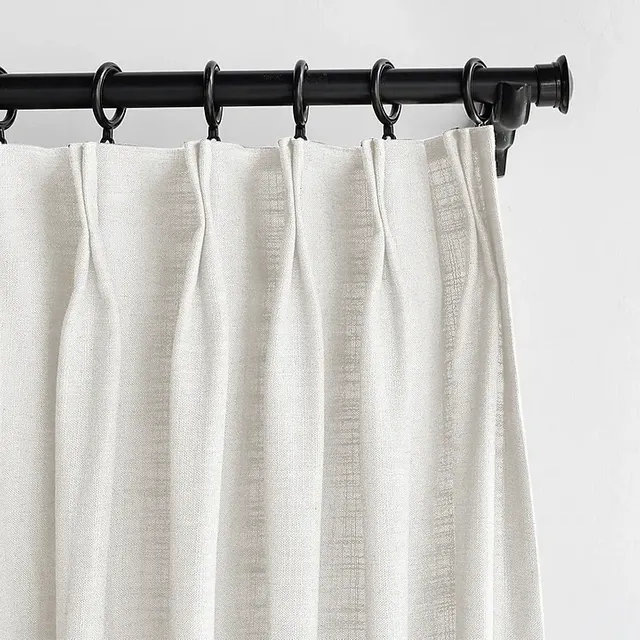Flax: The Source of Linen
Linen, derived from the flax plant, is renowned for its strength, durability, and versatility. This natural fabric has a rich history, having been used by ancient civilizations such as Mesopotamia, Egypt, and Greece. Russia is the primary cultivator, while China leads in production. Linen is highly absorbent, capable of absorbing up to 20% of its weight, and is considered a luxurious material due to its high production cost. It is a popular choice for stylish and elegant bedding and clothing, available in a variety of designs. For those curious about linen, there is much more to explore and discuss.
Flax: The Source of Linen
Flax, a plant cultivated for its seeds and fiber, thrives in cooler climates and is grown for both food and textile purposes. While many countries produce linen, Western European nations are renowned for their high-quality fabric. Russia remains the largest cultivator, with significant production also coming from Western Europe and China. Other countries, including Poland, Austria, France, Sweden, Denmark, Germany, Switzerland, and India, also contribute to linen production.
Linen curtains are a really good option when it comes to keeping bedrooms and sleepers cool. Linen fiber has excellent heat dissipation properties, which are 5 times more effective than wool and 19 times more effective than silk, so in hot weather, the use of linen curtains can significantly reduce indoor temperature and make people feel cooler. In addition, linen curtains also have the following advantages:
Environmental protection and durability: linen is very environmentally friendly in the process of making it into a fabric, which is a natural and environmentally friendly curtain material. At the same time, its fiber strength, toughness, not easily tear, so very durable.
Anti-static and easy to clean: linen curtains have a good anti-static function, which can effectively reduce the discomfort caused by a static electricity environment. In addition, its surface dust is also easy to clean.
Anti-ultraviolet and antibacterial: linen curtains have the characteristics of anti-ultraviolet radiation, and can protect indoor furniture and human skin from ultraviolet damage. At the same time, it also has antibacterial and antimicrobial functions and can inhibit the production of a variety of parasites, for the E. coli bacteria inhibition rate of up to 90% or more.
However, linen curtain also have some disadvantages, such as relatively poor shading, appearance of rough, and they are prone to unstable size and wrinkles. Therefore, when choosing linen curtains, you need to weigh them against your actual needs and the decorative style of your bedroom.
Overall, linen curtains are a good choice if you want your bedroom to stay cool in summer. However, please note that there may be differences between different brands and the quality of linen curtains. When purchasing, you should choose reputable brands and merchants to ensure the quality and performance of the curtains.